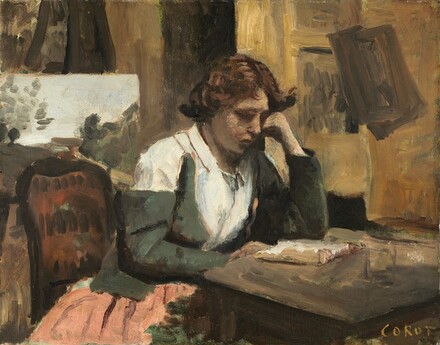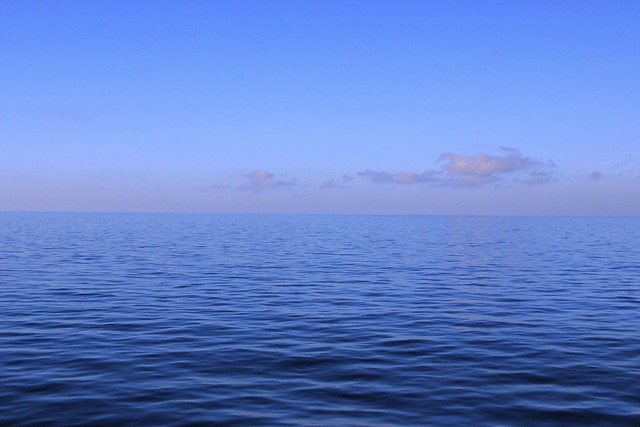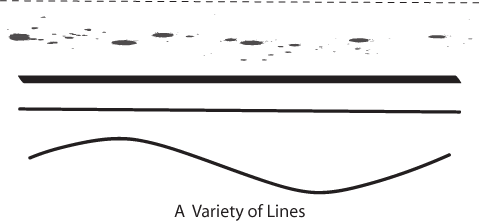As the title of the design project was ‘How Technology Affects Humans’, I did some research on this topic. I read about how technology was not only limited to social media. Technology also meant the discovery of fire and how transportation came about. I got my idea when I was fetching a friend home after class. I thought about the evolution of transportation, how we used to walk instead of drive back in the past, and now we are so blessed with bicycles, trains and cars. So I went home and drew the diagram of the ‘evolution of transportation’.
When I passed my drawings of my ideas up, Mr Azhar told me to
merge my ideas of communication and evolution. That meant that I could draw the
evolution of man diagram but instead, show the evolution of communication
devices. In my final drawing, the primate begins with a tin can, which was one
of the first ways humans communicated with another person who was at a distance
from him. Then the second primate holds a phone which is connected to a case,
which is a form of one of the earliest non-home-phone devices. Then a caveman
holds a large, bulky cell phone which could be used without the huge case
connected to it, then a cro-magnum is seen holding and looking at a clam-shell
handphone, and then a more modern-looking man is seen holding an iPhone.
Lastly, my lecturer said I could show a form of communication for the future
and I chose a robot. This is because I think in the future, we would either be
similar to robots or have our own personal robot to communicate more easily
with others.
Now I will outline the steps I took to make my final design project artwork.
Step 1:
The first thing I did was scan in my sketch and open the document in Photoshop (CS6). Then I made a new layer because I did not want to edit the actual sketch but instead colour the sketch in but in layers on top of it.
Step 2:
Then I coloured each figure. So for the primate, I made a new layer and coloured it in with a brown colour. Then the second primate, I used a lighter brown. Then for the caveman I used another shade of brown, the cro-magnum was in a peach-kind of colour, the modern man was a sort of yellow, an the robot was silver.
I used the polygonal-selection tool to select the area I wanted to colour in, then I filled the area with the paint bucket tool. Then I changed the layer's blend mode to Multiply so that my sketch's outline can be seen.
Step 3:
Then I started on the shading of the primate and also colouring in the communication devices. I decided to use red for the colour of the communication devices because red is really very striking and it will be the first thing the viewer looks at. This is because the communication device is the main thing I want people to focus on. After all, this artwork is about communication's evolution.
So for shading, what I did was duplicate the layer of the primate and then that layer was actually a darker shade of brown, so I simply erased the darker brown from 'most' of the primate. So now it had it's original brown colour, but also with a darker shade where I left on the back, the stomach, the head and his feet.
This was the same technique I used for the second primate and the caveman. I also did this shading technique for the communication devices, as you will see later on.
Step 4:
Then after colouring in the tin can, I moved on to the second communication device. This is the 'mobile phone' with a case connected to it. I researched more about this device and it needed a case because of its large, bulky battery (http://www.telegraph.co.uk/technology/7906638/Mobile-phones-a-brief-history.html). [Side note: So we are actually so blessed now that our iPhone's and Samsung phones have small batteries that actually fit into the phone instead of outside of it in a huge brief-case. Imagine carrying that around a mall along with your handbag and shopping bags!!]
Once again, I did that shading with the double layer-trick. Plus, for the phone, I drew using the brush tool, the keypad and coloured it black.
Step 5:
I shaded the caveman using the same double-layer way.
Step 6:
I coloured in the bulky mobile phone and later drew in the outline with the brush tool.
Step 7:
I changed the cro-magnum's skin tone colour, this is because the previous colour was too pale and I thought that a cro-magnum would spend all day in the sun. Then I added hair all over his body with the brush tool. Then I also coloured in the clam-shell mobile phone and the iPhone. Notice that all the communication devices are the same shade of red. This is so that the viewer can easily see the evolution of the communication devices at one glance.
Step 8:
Finally, I added more normal looking hair to the human's head and gave him a little refined body with a line to show abs, using the brush tool for both the hair and the defined abs.
I also gave the clam-shell phone and the iPhone more glossy looking screens. I did this by using the brush and changed the opacity of the brush. I recall learning in class that if we want to draw glass, we should change the opacity so that it looks reflective and thus, glossy or shiny or see-through -- like glass.
Step 9:
Lastly, I changed the colour of the robot's visor so that it is also red, along with the other communication devices. I did not change the robot as much as I changed the others because I felt that the robot had to look uniform and very straight forward as an object. It cannot look too complicated because it is a form of the future so we expect the future to make things much more simple and straightforward. I also used the brush to colour in the visor and I also changed the opacity because the visor is made of glass.
And so there is my final design project artwork.
Artist Statement:
Though I am not a professional artist, I tried my best in drawing out my idea of the evolution of communication. The main point this artwork is supposed to convey is that communication has improved over leaps and bounds. It has changed so much and for the better. I am glad that communication has evolved over the years, I cannot imagine carrying around a huge briefcase of just mobile phone battery! Also, one day I hope to be in direct contact with a robot that communicates and does things that humans cannot physically do. It will be amazing to watch and see it perform things we cannot only dream of today.
References:


























.jpg)

















